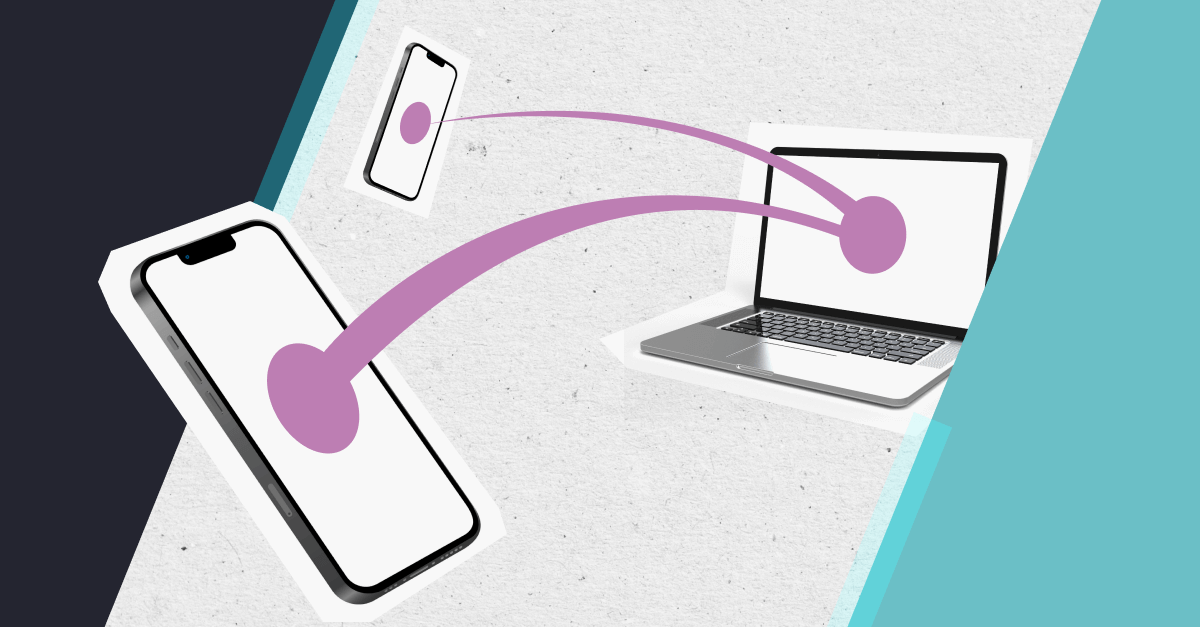
Wouldn’t it be great if everyone out there wanted to buy your product?
But they don’t.
Even if everyone needs what you’re selling (IT support, phone lines, hand towels for the loo), not everyone needs it right now. And, let’s be honest, even if they do need it, a lot people don’t care enough about the product (especially the hand towels) to actively want to switch suppliers.
If you’re trying to reach a wide group of people – the vast majority of whom don’t need or don’t care about your product – you’re wasting valuable time and energy. More importantly, you’re missing opportunities to show your insight and expertise to the smaller (but infinitely more lucrative) population that does want to know.
The better option is to dive deep into a narrow pool to find the targets you are seeking.
If we can’t be all things to all people, how do we figure out who to target?
I really enjoyed Tom Fishburne’s blog about marketing to extremely niche audiences – and not just for the funny cartoons! He creates marketing messages for businesses that have customers with very specific requirements and needs. This is so often the case for B2B marketers. But what’s the best way to figure out who you are going to target with your marketing efforts?
Establishing your buyer persona is a sure-fire way to focus all of your content on the right people at the right time. A buyer persona is a composite sketch of all of your target customers; a distillation of their goals and requirements that will help you speak to them directly.
The Buyer Persona Institute has developed The 5 Rings of Insight that you need to understand about your target customer.
- Priorities: what is the driving force behind the decision to look for a solution like yours? It includes all the factors that drive them towards your product, including their time, political capital and budget.
- Success factors: what result does the buyer need to achieve from the solution? This can be personal, political or economic.
- Perceived barriers: what are the issues that will prevent them from buying from you? This can include emotional (bad past experiences), financial (too expensive), or internal (needing to get buy-in from managers) barriers.
- Buying process: what steps do your customers take to get information and make a buying decision? This will help to determine how much education they need about the problem or your product. It will also help you to understand who makes the final purchase.
- Decision criteria: which aspects of your product do they think are most critical? This can help hone your messages, for example, “easy to use”, “inexpensive to run”, “impressively high tech”.
So how do you come up with a buyer persona profile you can rely on?
Questions, questions, questions! Ask as many people as you can about how they go about choosing products in your sector. Include a good balance of people: existing customers, potential customers and people who didn’t choose you.
- You need to be able to create a detailed sketch of your persona, so you first need some personal details. Include things like age, number of years in job, experience, level of education. We are living in a world with probably the most diverse set of customers in it than at any other time: Baby Boomers, Gen-X, Gen-Y, digital natives and digital dinosaurs. You need to know who you’re dealing with!
- The next area to question is their employment: What are their responsibilities at work? Who do they report to? What are the key performance criteria for their job? What are the biggest barriers to those? Are they able to make purchasing decisions themselves? What do they need to impress, and therefore succeed, in their careers?
- Finally, look at how they go about making decisions. Do they have the authority to make a change? Where do they look for information? How do they like to consume that information? What social networks do they belong to? What are they looking for in the solution they need?
So now you’ve got the information, how do you distil it down into just one or two buyer personas? (Personae?)
There are plenty of good tools out there that can help you. The Buyer Persona Institute and Hubspot both have easy to use tools to help you create a buyer persona.
Whether you use the professional templates or come up with your own system, there are a few key points to include:
- Ideally, you want to give your persona a name. This becomes a shorthand that is easily recognised and communicated throughout your organisation.
- Outline how your persona works. Are they tied to an office? Do they travel a lot? Do they fire off short, sharp emails or do they communicate in a more measured and thoughtful way? What approach do they respond best to?
- Detail their pressure points. What are they concerned about? What’s happening in their company, or their industry, that is affecting the way they do their job? What outcomes do they need to prove to their managers?
- Figure out what might be stopping them from buying from you and come up with answers to those issues.
Having a buyer persona will make creating content easier and that content will be much more effective, but the process of creating the persona itself is no walk in the park. Some of the potential pitfalls are outlined in this cautionary blog by Adele Revella. A few to keep in mind:
- DON’T get caught up in the unimportant details
- DON’T guess or assume. Find out the facts!
- DON’T include persona ‘issues’ or ‘concerns’ simply because your product can address them. If you’re not sure they're real, they don’t belong.
If you want to be sure you’re addressing the right people with your content, a buyer persona or two can keep you on track. Remember, fishing in a narrow but deep well is going to prove more effective than fishing in a wide, shallow ocean. And you’re less likely to be eaten by the competition!


